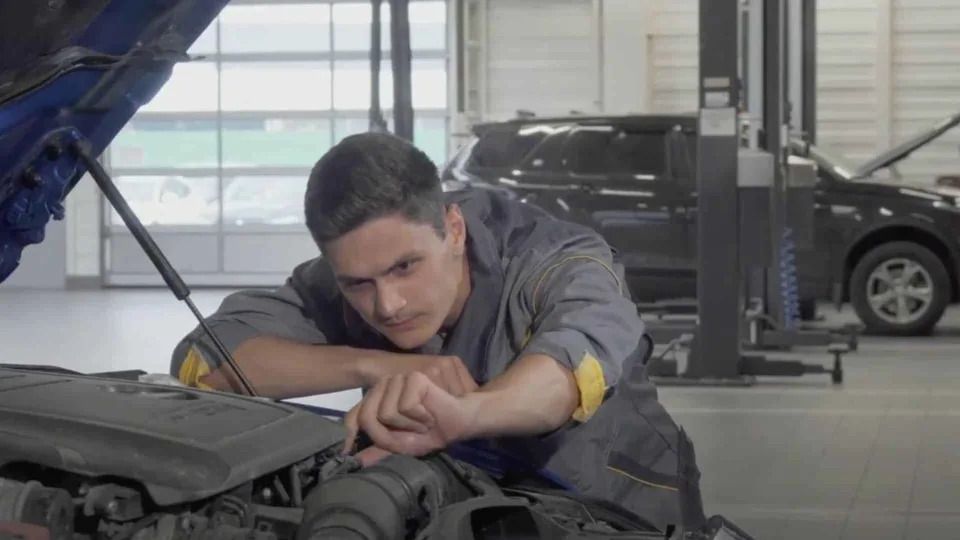Read the full story on Modern Car Collector


Buying a used car can be a smart financial move, but it’s essential to avoid being left with a lemon: a car plagued with hidden problems that could cost you thousands of dollars in repairs. Even a well-polished used car can hide serious problems, so performing a thorough inspection is crucial.
To help you recognize possible red flags, we’ve put together 12 tips from experienced technicians that can save you from a costly mistake.
1. Check the coolant for contamination
Open the radiator cap and inspect the coolant. If you see an oily sheen or brown sludge, it could indicate a leaking head gasket. Pink tinted or foaming coolant indicates contamination of the transmission fluid. Both are signs to walk away.
2. Inspect the oil filler cap for sludge
Remove the oil filler cap and check for brown, frothy sludge, which indicates coolant is mixing with oil due to a failed head gasket. This is a serious problem that can lead to engine failure.
3. Check the dipstick for oil problems
Examine the oil using the dipstick. If the oil level is unusually high or sludge is present, this is a sign of coolant contamination or poor engine maintenance. These problems can lead to expensive repairs.
4. Transmission fluid inspection
Healthy transmission fluid should be pink. Dark, foamy or overfilled fluid indicates contamination, often due to coolant. Contaminated transmission is a disaster waiting to happen.
5. Look for torn CV boots
Cracked CV joints expose the CV joints to dirt and moisture, leading to joint failure. Check the front axle for damage and move on if you find torn boots.
6. Test the wheel bearings for play
With the car on a lift, shake the wheels to test if they are loose. Bad wheel bearings can lead to unsafe driving and expensive repairs, so this simple test is critical.
7. Measure the thickness of the brake pads
Worn brake pads, especially those thinner than 1/8 inch, should be replaced immediately. Neglected brake pads can damage the rotors, turning an affordable solution into an expensive one.
8. Inspect the tires for uneven wear
Uneven tire wear can indicate alignment problems or worn suspension components. These issues can lead to unsafe driving conditions if not addressed.
9. Look for leaks in the water pump
If coolant is leaking from the water pump leak hole, it means that the pump is close to failure. Replacing a water pump is expensive, so detecting leaks early is a good reason to reconsider.
10. Inspect the serpentine belt for wear
The serpentine belt drives multiple engine components. Look for signs of cracking, fraying, or slack, as a worn belt can leave you stranded if it breaks.
11. Check for burnt brake or turn signal lights
Burnt out bulbs indicate that the car has not been properly maintained. While this may seem small, it may be an indicator of other neglected issues.
12. Inspect the air filter for debris
A clogged air filter can reveal the car’s overall maintenance history. If the filter is so dirty that light cannot pass through it, this is a clear sign of neglect.
How to avoid buying a lemon
By following these 12 inspection tips, you’ll be better equipped to spot hidden problems that can make your used car purchase a costly headache. Always take your time, bring a checklist, and consider hiring a trusted mechanic to inspect the vehicle before you purchase it. It is better to invest in a thorough inspection than to make expensive repairs later.
Follow us on Facebook and Tweet

